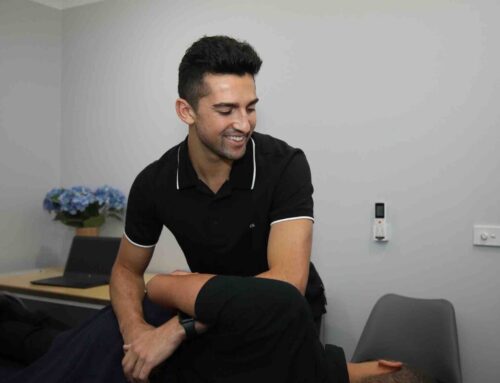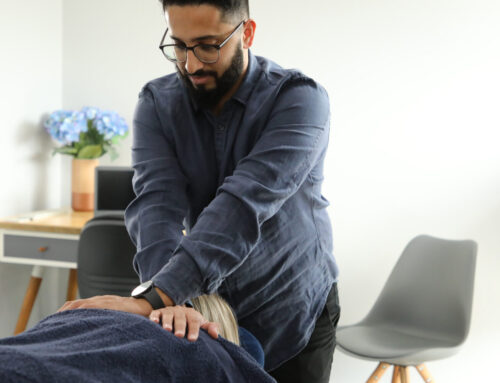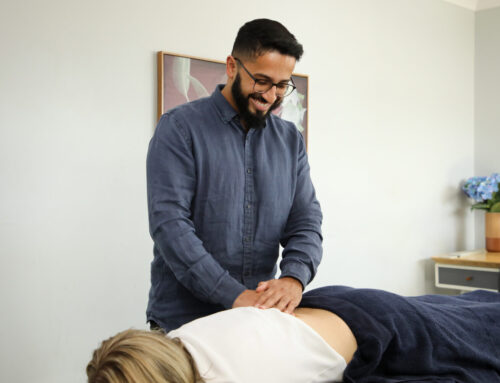A syndesmotic sprain, or high-ankle sprain, is a less common but more severe injury affecting the ligaments that connect the tibia and fibula, the two long bones in the lower leg. Unlike a regular ankle sprain, which involves the ligaments lower down near the foot, a syndesmotic sprain impacts the ligaments higher up in the ankle, leading to a more prolonged recovery. As an osteopath, I often encounter patients dealing with this condition, and I’d like to walk you through what it is, how we diagnose it, and how osteopathy can help in managing the injury.
What is a Syndesmotic Sprain?
A syndesmotic sprain occurs when the ligaments between the tibia and fibula (known as the syndesmosis) are overstretched or torn, often due to an external rotation injury or excessive force applied to the ankle. This commonly happens in sports involving sudden changes in direction, such as football, basketball, rugby, and skiing. The injury can also result from a fall or accident, such as missing a step or landing awkwardly.

https://posc.com.au/orthopaedic-services/foot/high-ankle-sprain-syndesmosis-injury/
Risk Factors
Several risk factors can make individuals more susceptible to syndesmotic sprains:
- High-Impact Sports: Athletes involved in sports with frequent contact or quick directional changes (e.g., football, rugby, or skiing) are at greater risk.
- Previous Ankle Injuries: If you’ve had an ankle injury before, your ligaments may be weakened, increasing the likelihood of another injury.
- Improper Footwear: Wearing improper or unsupportive footwear during physical activities can increase stress on the ankle.
- Inadequate Warm-Up: Insufficient warm-up or poor conditioning of the lower leg muscles can leave you more prone to injury.
- Flat Feet or High Arches: Certain foot mechanics can place additional strain on the ankle joint, making you more prone to sprains.
What are the Symptoms and How is it Diagnosed?
Typical symptoms of a syndesmotic sprain include:
- Pain and swelling higher up the ankle, above the typical site of a lateral ankle sprain
- Difficulty bearing weight or walking
- Increased pain when the foot is rotated outward
- Instability or stiffness in the ankle
To diagnose the injury, I perform a physical examination focusing on pain, tenderness, and range of motion. Special orthopaedic tests like the Squeeze Test and External Rotation Test are commonly used to provoke pain in the syndesmotic area. In some cases, X-rays or MRIs may be required to assess the extent of the damage and rule out fractures.
How Osteopathy Can Help?
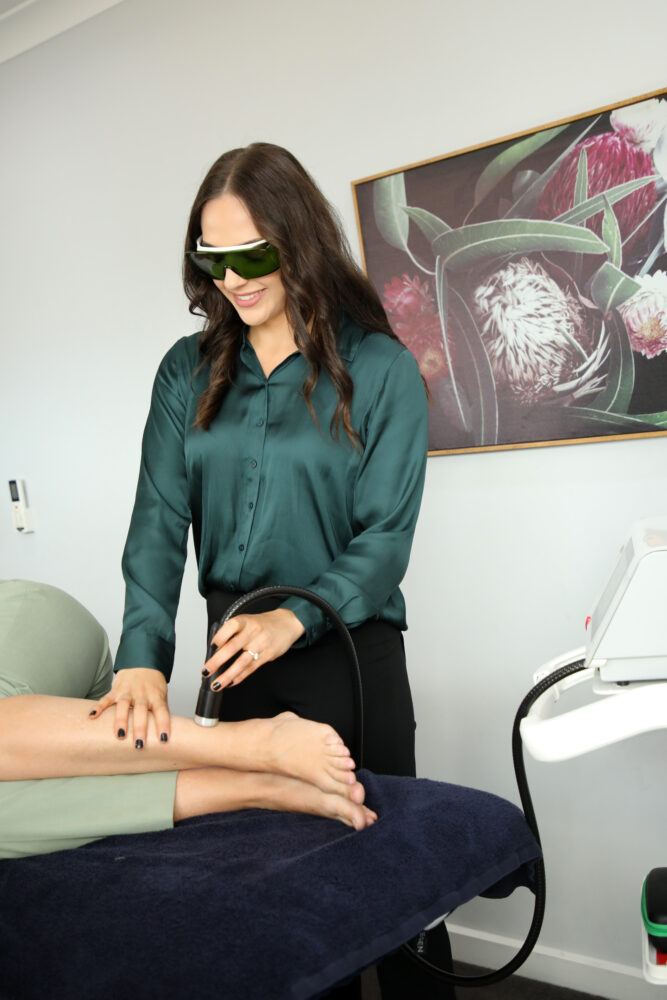
- Reducing Pain and Promoting Healing: Gentle techniques such as soft tissue massage, joint mobilization, and stretching help reduce inflammation, relieve pain, and promote better blood flow to the injured ligaments. We also have state-of-the-art machinery such as Shockwaver Therapy and Laser Therapy which can reduce pain and swelling and promote healing.
- Correcting Biomechanics: I’ll assess your overall posture and movement patterns, working to correct any imbalances in the foot, ankle, and leg. This helps relieve pressure on the injured ligaments and speeds up recovery.
- Rehabilitation Exercises: I’ll guide you through exercises to strengthen the muscles around the ankle, restore mobility, and enhance stability. This reduces the risk of re-injury.
What are some Management or Preventative Strategies?
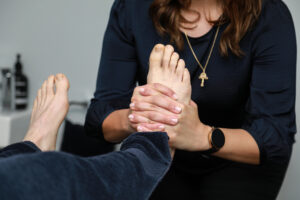
Proper management of a syndesmotic sprain is essential for full recovery:
- Rest and Immobilization: In the initial stages, rest and immobilization are critical. You may need crutches or an ankle brace to avoid putting weight on the injured area.
- Cold Therapy and Compression: Applying ice and compression in the first few days can help reduce swelling and pain.
- Gradual Rehabilitation: Once the initial pain subsides, we’ll focus on improving ankle strength and flexibility through exercises designed to prevent future sprains.
- Return to Activity: High-impact sports should only be resumed gradually and under guidance to ensure the injury has fully healed.
Final Takeaway
A syndesmotic sprain can be a frustrating injury, especially if it affects your ability to work, play sports, or perform daily activities. As your osteopath, I’m here to provide a personalized treatment plan tailored to your recovery. By addressing both the injury and its underlying causes, osteopathy can support your healing and help you return to full function. If you’ve experienced a high-ankle sprain, please reach out to schedule a consultation at Pakenham Osteopathy. Together, we can develop a treatment plan that helps you heal and return to your normal activities with confidence.
If you have any questions, please feel free to email me directly: ammar@pakenhamosteopathy.com.au

